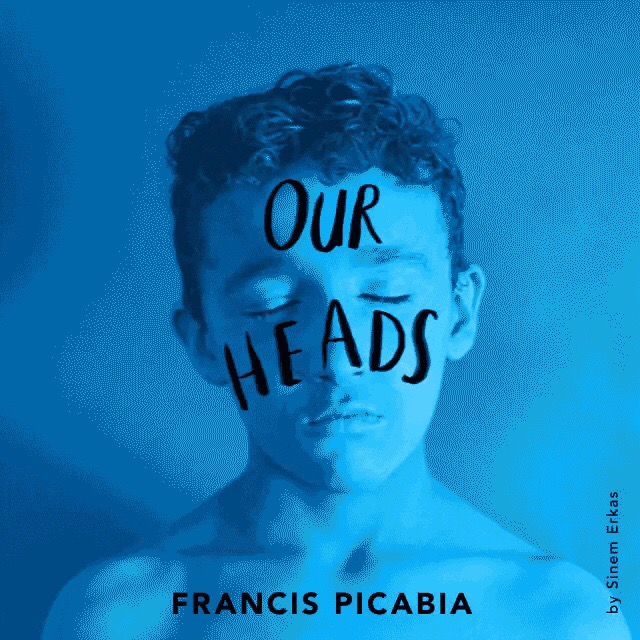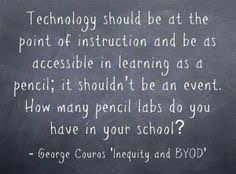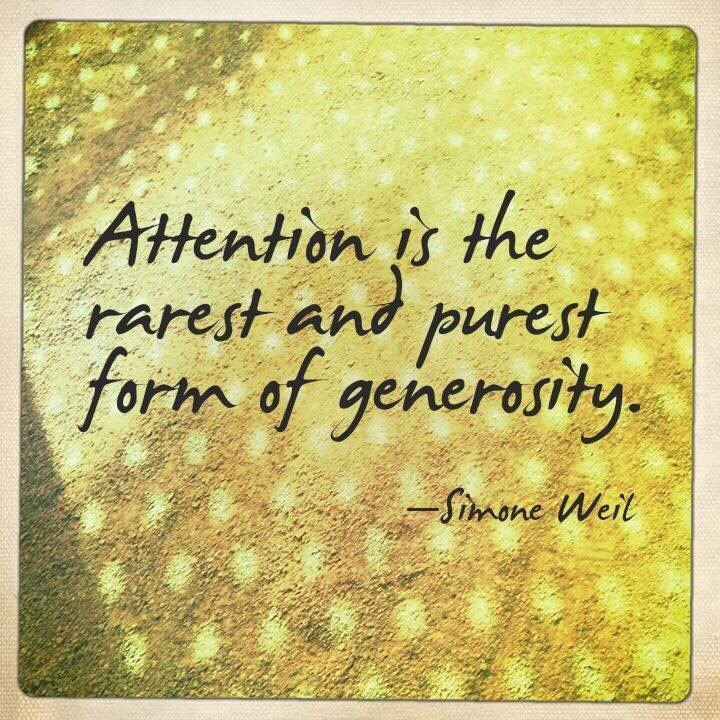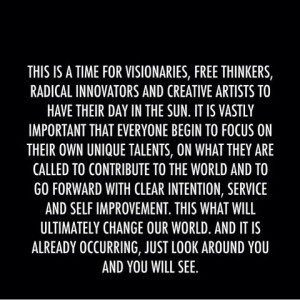Diving In
Last Saturday I spent my entire Saturday in a humid indoor pool with my 10 ten year old daughter, Louisa. She has been swimming competitively since she was 6, first in summer leagues and then venturing into the winter swim season last year. Now my daughter is a lot of things: smart, funny, stubborn and compassionate. But she has never been very competitive. Soccer and basketball turned out to be opportunities for her to socialize and run around at the same time. This has had its upsides: she is mostly focused on learning to learn and less worried about grades, and she has FUN because her activities are always more social than competitive. She is solidly average, which is a fine place to be. She enjoys swimming and plugs along, dropping time and having fun. And so it goes.
Until last week. Suddenly, my lackadaisical swimmer turned into a beast. She was concentrating on making the Silver Championships and talked nonstop about her coach and the time she needed. Not in a stressed out “My-life-will-end-if-I-don’t-make-it” way but in a confident, excited way. She could visualize a different experience for herself: she saw herself as a champion. Her coach spent extra time with her on the deck going over the 100 IM, her “signature” race, reminding her of all the things she needed to focus on. She dropped time in all her events and was nervous and excited for that last race. During the race, her coach was there coaxing and cheering for her, as you can see in the picture.
As she stepped up onto the block, I said a quick mommy prayer. Whether she made it to Silver Champs or not was not the issue for me. I just wanted her to drop time and see that her hard work was paying off. Not for me, but for her. It just felt good seeing her confident about swimming. I have to admit, watching her race was so fun for me, as well. Watching her dive in with confidence to take a risk was exciting!
 Turns out, she dropped A LOT of time but missed the championship cut off by .30 seconds. That’s the pull out she forgot on her breaststroke, or two extra breaths on the freestyle. That’s nothing.
Turns out, she dropped A LOT of time but missed the championship cut off by .30 seconds. That’s the pull out she forgot on her breaststroke, or two extra breaths on the freestyle. That’s nothing.
The beauty of the moment for me, as a mom and educator, was her response afterwards. My daughter was so excited that she made it THAT CLOSE. She looked at me with mild disappointment in her eyes, smiled and said, “Well, now I know I can make it next year.” That was it. She is now talking about summer and working hard so she can start next fall with her eye on making the championships.
Cue the heart swoon and lump in my throat.
Afterwards, her coach approached me, hesitant and apologetic. She told me she hoped I was not mad at her for pushing Louisa. She worried Louisa would be devastated, and I would be protective and angry. I looked her right in the eye and said, “do not EVER apologize for pushing a child to reach for something bigger than herself.” We talked for a bit about how appreciative my husband and I were that she even took the time to see Louisa as a swimmer, and that she built such confidence in her.
At the end, the coach looked at me and said, “you know, I am not sure we really saw Louisa as a competitive swimmer at first. She kinda came out of nowhere and it turns out she’s a reliable, talented swimmer.” That is no coincidence. My daughter became a reliable competitive swimmer the day her coach told her she could be.
This is what I have been sitting on for the last week. This thought rolling around in my head: what IF no one saw her as more than average? She needed an intervention: recognition and someone to believe in her. How many times does this not happen for kids? How many times do we look at the data (the swim times, the benchmark scores, the reading lexile) and say, “Oh, he is fine. He’s solidly average!” What if all it takes is for someone to say, “You know, your reading is great but if you just do x,y,z you could be one of the best readers in the class?”
I work with teachers every day that do this naturally and without even thinking for many of our kids – they are constantly coaching their students to become better at their craft. But I have a nagging suspicion we are missing some of our quieter or less confident students sometimes. How do we encourage all our students to dive in and stretch themselves with confidence?








Recent Comments